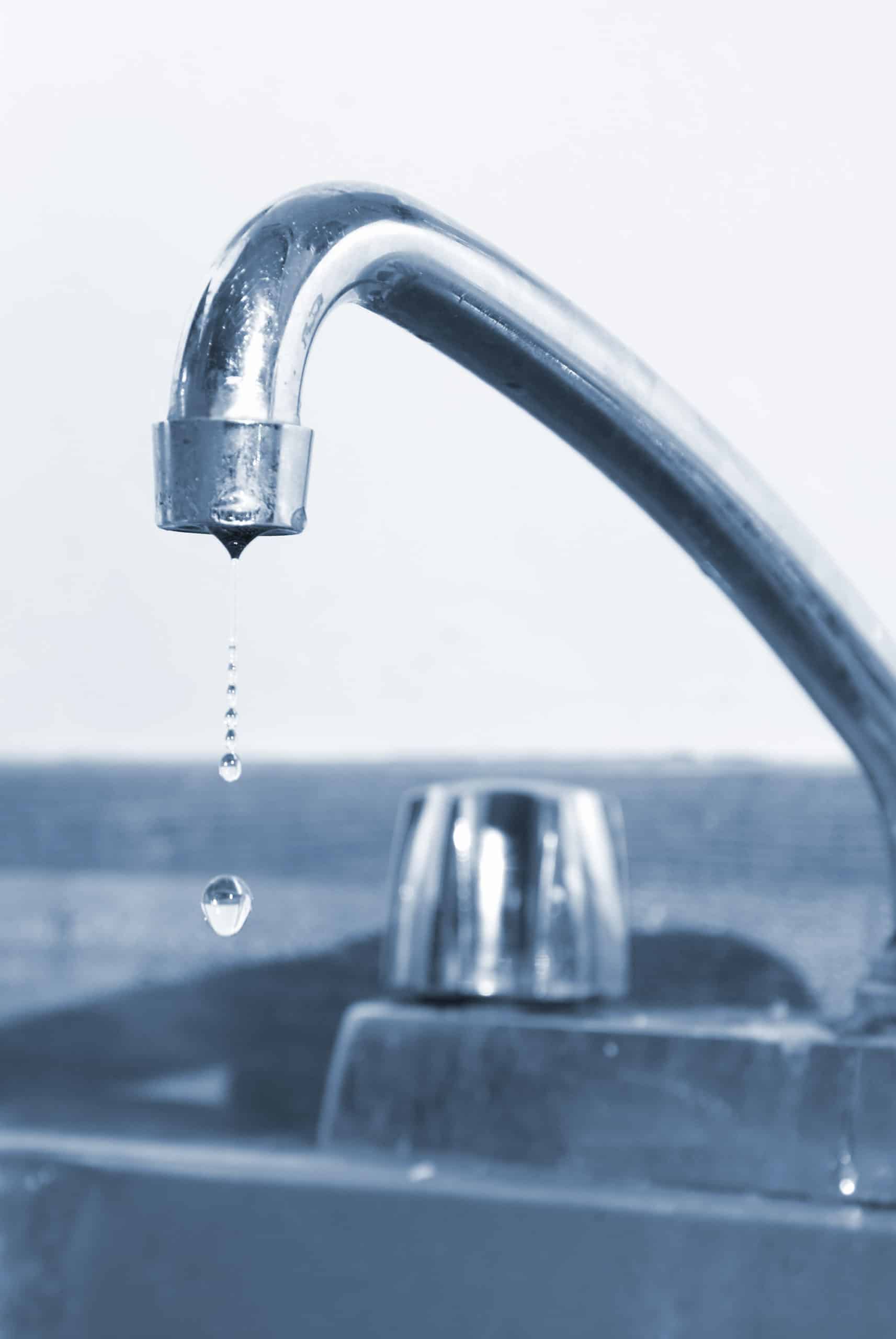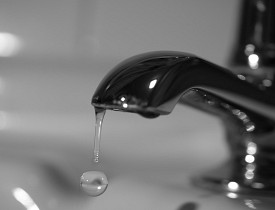Our Motives Behind Addressing a Dripping Faucet
Our Motives Behind Addressing a Dripping Faucet
Blog Article
What are your thoughts about Why It's Important to Fix Leaky Faucets?

Dripping faucets might look like a minor hassle, yet their influence surpasses simply the aggravation of the audio. From drainage to sustaining unneeded monetary expenses and health risks, disregarding a dripping faucet can bring about numerous repercussions. In this post, we'll explore why it's critical to resolve this usual house concern quickly and efficiently.
Wastage of Water
Environmental Impact
Trickling taps add substantially to water waste. According to the Environmental Protection Agency (EPA), a single tap leaking at one drip per second can waste greater than 3,000 gallons of water each year. This not just strains water sources however also influences environments and wildlife depending on them.
Financial Expenses
Enhanced Water Expenses
Past the environmental effect, dripping faucets can pump up water bills substantially. The gathered wastage gradually converts right into greater energy costs, which might have been stayed clear of with prompt repairs.
Possible Residential Or Commercial Property Damage
Additionally, long term leaking can lead to damage to fixtures and surface areas bordering the tap. Water buildup can cause staining, deterioration, and even structural problems if left unattended, resulting in extra repair service expenses.
Wellness Problems
Mold And Mildew and Mold Growth
The continuous existence of wetness from a trickling tap produces an excellent atmosphere for mold and mildew and mold development. These fungi not only compromise interior air top quality but additionally posture health and wellness threats, especially for individuals with respiratory problems or allergies.
Waterborne Conditions
Stationary water in dripping taps can end up being a breeding ground for microorganisms and other pathogens, increasing the danger of waterborne diseases. Impurities such as Legionella germs grow in stagnant water, possibly resulting in significant diseases when consumed or inhaled.
Do it yourself vs. Specialist Repair work
Pros and Cons of Do It Yourself Repair
While some may try to deal with a dripping tap themselves, do it yourself repairs come with their own collection of obstacles. Without proper knowledge and tools, do it yourself efforts can aggravate the concern or lead to incomplete repair work, extending the issue.
Benefits of Employing a Specialist Plumber
Hiring an expert plumber guarantees that the underlying root cause of the leaking faucet is dealt with efficiently. Plumbing technicians have the experience and tools to detect and repair faucet concerns successfully, saving time and minimizing the danger of further damages.
Step-by-Step Guide to Fixing a Dripping Tap
Tools Called for
Prior to attempting to deal with a leaking tap, collect the needed tools, consisting of an adjustable wrench, screwdrivers, substitute parts (such as washers or cartridges), and plumber's tape.
Usual Tap Issues and Their Solutions
Identify the kind of tap and the particular concern causing the drip. Typical troubles consist of damaged washers, rusty shutoff seats, or faulty O-rings. Refer to maker guidelines or online tutorials for step-by-step advice on repair services.
Preventive Measures
Regular Upkeep Tips
To prevent trickling faucets, do regular upkeep such as cleansing aerators, inspecting for leaks, and replacing worn-out parts immediately. Furthermore, think about setting up water-saving gadgets or upgrading to much more reliable components.
Value of Prompt Fixes
Attending to leaking faucets as quickly as they're seen prevents more water waste and prospective damage, inevitably saving both water and money in the future.
Influence On Building Worth
Perception of Well-Maintained Property
Preserving a residential property in good condition, including attending to upkeep issues like trickling faucets, improves its regarded value and worth among potential purchasers or occupants.
Influence on Resale Worth
Residences with properly maintained plumbing fixtures, including taps, command greater resale values in the realty market. Resolving dripping faucets can contribute to a favorable impact throughout residential property examinations and negotiations.
Environmental Responsibility
Individual Contribution to Conservation
Taking responsibility for repairing trickling taps lines up with wider efforts toward water conservation and environmental sustainability. Every person's actions jointly make a substantial influence on protecting valuable resources.
Lasting Living Practices
By focusing on punctual repair services and embracing water-saving habits, people contribute to sustainable living techniques that benefit both present and future generations.
Conclusion
Attending to a dripping tap surpasses simple convenience; it's a crucial step towards conserving water, lowering monetary costs, and guarding health and building. Whether with do it yourself repairs or expert aid, taking action to deal with dripping faucets is a little yet impactful means to promote accountable stewardship of sources and add to a healthier, much more lasting future.
How to Fix a Leaky Faucet: Step-by-Step Repair Guide
A leaky faucet may seem like a simple annoyance, but if it's not fixed promptly, that leak could cost hundreds to potentially thousands. From water damage to mold, mildew, and high water bills, even a tiny leak can be catastrophic if left unattended. Damage like this can even affect the overall value of your home, so it's important to take the right approach for leaky faucet repair. You may need the help of a plumber in some cases, but we've got a few tips you can try on how to fix a leaky faucet before calling the pros.
Four Faucet Types
When you're learning how to fix a leaky faucet, the first step is knowing what kind of faucet you're working with! There are four common types.
Cartridge Faucets
Cartridge faucets come in one- or two-handled varieties. In one-handled cartridge faucets, hot and cold water combines in a single cartridge. In the two-handled versions, hot and cold water are controlled separately and mixed in the faucet.
Ball Faucets
Ball faucets have a single lever you push up and down to adjust the pressure and rotate to change the temperature. A slotted metal ball controls the amount of water allowed into the spout.
Compression Washer Faucets
They're the oldest type of faucet, but they're still used in many homes — especially older ones. Compression faucets have two separate handles that, when turned, raise or lower the washer that seals a water valve. This valve stops water from flowing through the faucet when it is turned off.
Disc Faucets
Disc faucets rarely need to be repaired due to their maintenance-free design. The water flow is controlled by two discs — the upper one raises and lowers against a fixed lower disc, creating a watertight seal. If your disc faucet starts leaking, you may need to replace the seals or clean residue buildup from the inlets.
Fixing a Leaky Faucet
Step 1: Turn Off the Water
Whether you're learning how to fix a leaky bathtub faucet or how to fix a leaky kitchen faucet, always turn off the water supply to your working area when you're fixing a leak. The last thing you want is a flood added to your list of things to fix.
Look for the shutoff valves below your sink or around the tub and turn them clockwise to stop the water flow. If your faucet doesn't have shutoff valves, you may need to turn off the water for the whole house. Check to make sure it's off by turning the faucet on. If nothing comes out, you're ready to start the repair.
Step 2: Take Apart the Faucet
How you disassemble your faucet depends on the type of fixture you have. You can use a flathead screwdriver to remove the caps on top of the handle or handles for cartridge and compression faucets. Inside, you should see handle screws. Unscrew these with a screwdriver to remove the handle.
Disc- and ball-style faucets will typically have an inlet screw near the handle, and removing that will reveal the interior of the faucet.
Detach the Valve Stem
For cartridge- and compression-style faucets, you'll see the inner valve stem or cartridge once you remove the faucet handles. If you have a compression faucet, unscrew the brass valve stem. If you have a cartridge faucet, pull out the cartridge. If your cartridge has been in place for a while, it may require some tools or extra force to remove it due to mineral deposits.
Examine and Replace Parts
Once you've removed the parts, check them out to confirm what needs to be replaced. You may see corroded rubber washers, O-rings, stems, or cartridges. On a ball-style faucet, check the seats and springs for damage.
If you need to repair a leaky disc faucet, check the inlet and seals on the lower disc.
Once you determine what parts must be replaced, visit your local hardware store. Bring the damaged parts with you to ensure you can purchase the correct components to replace them.
Clean Valves and Faucet Cavity
If you've removed a stem or cartridge, you may notice mineral buildup in the faucet's threads. Use white vinegar to clean the valve seat by soaking it for a few minutes, then scrub it away with a soft toothbrush and rinse with warm water. You can also clean the interior of the faucet in the same way.
Reassemble the Faucet
Once your faucet is cleaned and the required parts have been replaced, it's time to reassemble it. Put the pieces back together and slowly turn the water supply back on. Doing this slowly is crucial because too much initial water pressure can damage the new hardware you've just installed.
https://homewarranty.firstam.com/blog/how-to-fix-leaky-faucet

As a serious person who reads on , I imagined sharing that editorial was a good thing. Sharing is nice. You never know, you may very well be helping someone out. Thanks a bunch for being here. Return soon.
Report this page